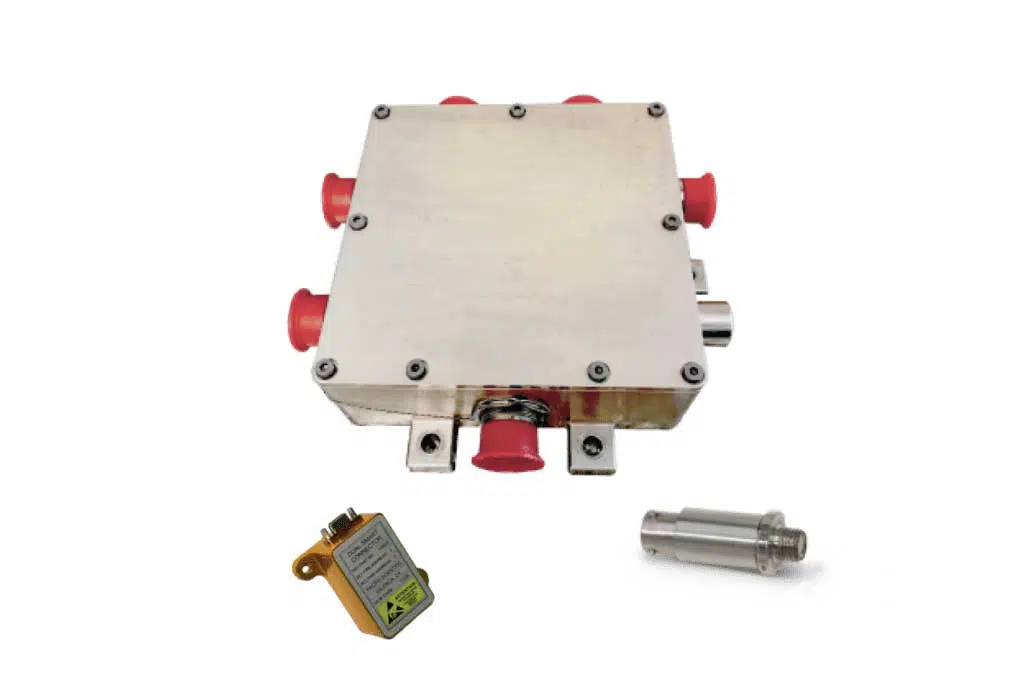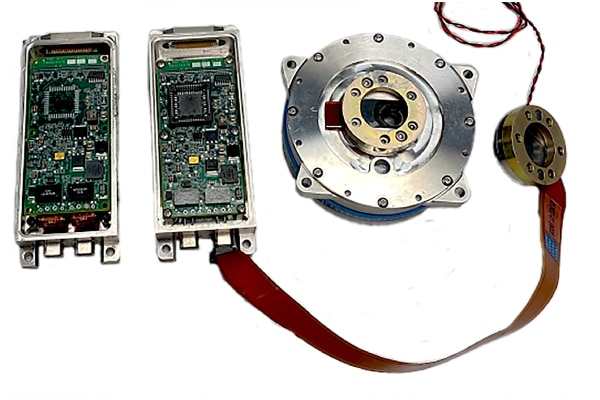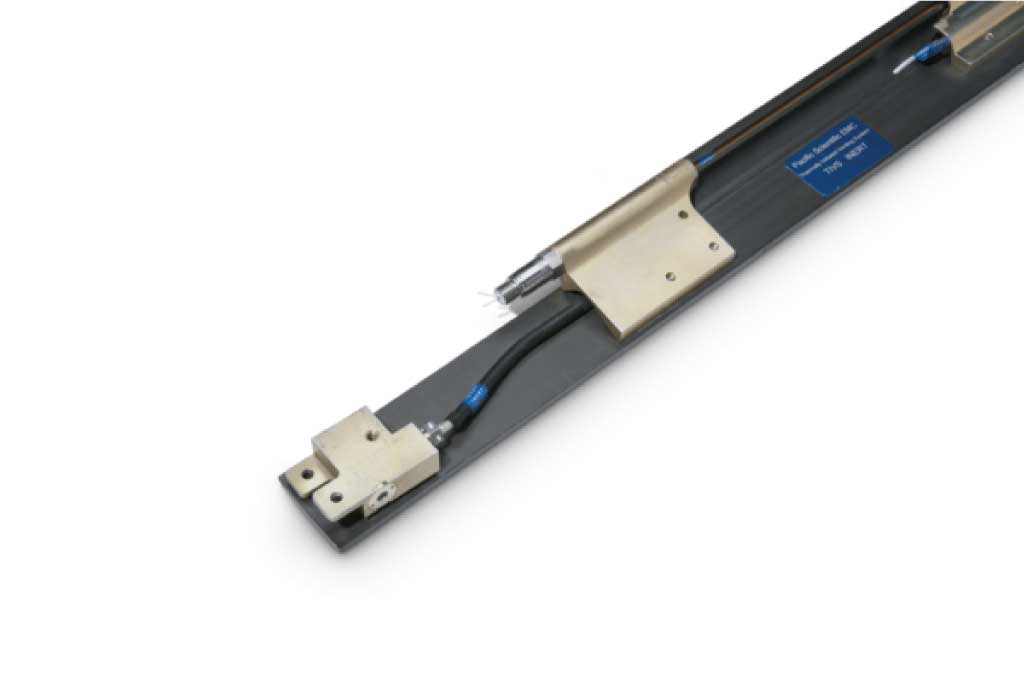Aerospace & Defense Systems
Highly effective aerospace & defense security systems used in emergency situations, including space and aircraft crew egress and vehicle apprehension, both military and commercial programs depend upon our reliability.
Reliable. Credible. Used in the:
- Space Launch Vehicle for Flight Termination Systems (FTS),
- Solid Rocket Booster (SRB) ignition systems,
- Ignition Stage Separation and 2nd Stage Engine Ignition
- Tactical and Strategic Missile Platforms for FTS
Used by the Department of Homeland Security and local police agencies throughout the country.
Thermally Initiated Venting System
Self-detonation of any missile or a solid rocket motor is not only a dangerous occurrence, it is completely unacceptable. If our Thermally Initiated Venting System’s sensor is exposed to a programmed thermal criteria, the system will begin the initiation of an explosive train. The explosive train will detonate a linear shaped charge, which in turn, will cut a vent in the missile, rocket motor or payload and restore the device to a compliant insensitive munitions device.
Underwater Emergency Egress System
The Underwater Emergency Egress System (UEES) is a severance device to support pilots and crew needing to escape from inside a helicopter underwater.




